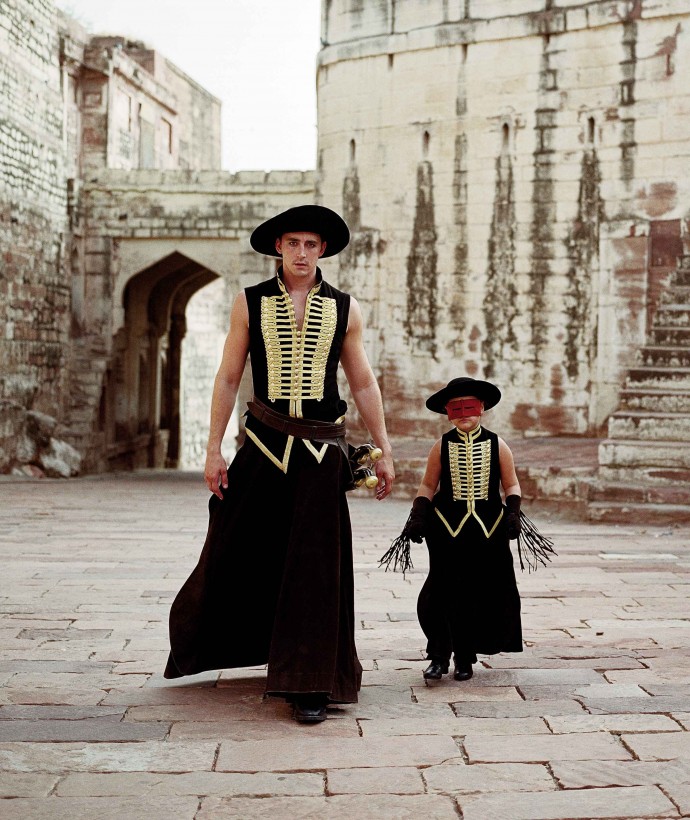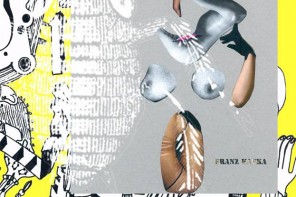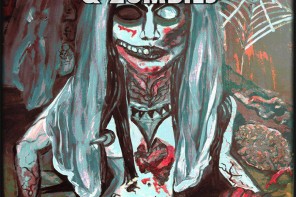“Googly, googly, go away!”– the words in Tarsem Singh’s The Fall (2006) used to ward off evil and misfortune. Close your eyes and say the magic words. Roger Ebert called it unlike anything he’d ever seen, and the movie enjoyed a certain status amongst cult movie fans, but the general mainstream reception was mixed, criticizing Singh for self-indulgence, a shallow plot and one-dimensional characters, thinly veiled behind breathtaking images. This sort of criticism misses the point. The Fall embraces the notions of collaboration and therapeutic creativity, not via escapism and magic, but by relationships and appreciation of life’s beauties, even though shit happens.
The plot is simple. In a Los Angeles hospital in the 1920s, the ironically named Roy Walker (Lee Pace), a movie stuntman paralyzed during the filming of a cowboy western, narrates a story to Alexandria (Catinca Untare), a little foreign girl hospitalized after a bad tumble working in an orange grove. Walker has lost his girlfriend to a leading man, clings to the hope that his paralysis will pass and sinks into depression, contemplating suicide. In an effort to befriend and use Alexandria, he weaves a simple archetypal yarn about six heroes vying for revenge against the evil governor Odious.
The six heroes are led by the Red Bandit, who begins as Alexandria’s deceased father, killed in real life by “angry people,” and later transforms into Walker’s alter ego. Following the bandit are the Indian, Otta Benga, former slave, now warrior against oppression, Luigi, demented demolitions expert, Charles Darwin and his monkey Warren and a tribal mystic, representative of the forces of Nature. Along the way they rescue a beautiful princess, with whom the Red Bandit falls in love etc. etc.
The two stories unfold in parallel and, to great effect, are presented in very different manners. Browns and grays make up the real world palette, with windows covered, ostensibly to protect from the harsh SoCal sun, casting a dreariness over the hospital that renders Alexandria’s smile and innocence all the more enchanting by contrast. Closeups dominate, accentuating the characters emotions. Lots of tears, lots of smiles, and no small amount of anger. For most of Roy’s narrative, the two of them are sealed off from the rest of the world by a hospital curtain, drowning out all background distraction and allowing us to focus on their interactions.
It’s precisely these interactions that are the film’s centerpiece. While the movie is most often cited for the loud aesthetic splendor of the story scenes, the subtlety and authenticity of Roy’s and Alexandria’s relationship goes overlooked. But we root for Alexandria’s joyfulness to break through Roy’s despair, and get glimpses of this possibility in wonderful little ways: a tiny grin or a softened stare that Walker/Pace can’t help but let slip in the midst of her adorableness. Probably the way Singh constructed these scenes played a significant role in their verisimilitude. Catinca was totally unscripted, made to believe that Lee Pace really was paralyzed, and then filmed through a small hole in a curtain hiding the film crew. It’s thus a real father-daughter-like relationship that blossoms in the film, drawing us in and making us fall in love with both of them, despite even Roy’s defeatist attitude and selfish motives.
Roy’s story, in contrast, is of truly epic proportions. Played out within Alexandria’s imagination with Roy’s voice narrating, the tale is told through wide sweeping shots of Dali-esque landscapes, vibrant primary colors against desert tans and numerous instances of slow motion. There are achingly beautiful princesses, and garish costumes, one of which directly stolen from Princess Amidala’s closet. All of it is thrown in with an almost “look what I can do!” sensibility. It’s over the top. Critics of the film suggest that Singh stuck to his only real know-how, from music videos and unprecedentedly elaborate Pepsi commercials, to construct what amounts to visual flair set to orchestral music. These are the sort of squares who think that serious art must be gritty, troubling or, at best, cynical or deeply sexual. We are meant to see into the mind of a nine-year-old girl, and Singh imbues the film with exactly the rapt and appreciation for simple beauties that exist in a child’s mind. Alexandria’s imagination symbolizes, to us and to Roy, a reminder that adult troubles make up only a small part of what it means to be alive. It’s a visual treat, it’s comical and it’s full of symbols and allusions to the film’s real world that entertain the audience from start to end.
As the film goes on, aspects from each character’s life invade the story, breaking it out of stereotype and converting it into an allegory for Roy’s own struggle against depression. Without Alexandria’s presence, Roy’s characters are probably doomed, just like their creator. He has to let her in. To overcome misfortune one must open to other mindsets and adapt to the stories of others. It’s not about escapism. The magic words don’t work. It’s the kind of thing that everyone knows but few live by. In making the film Singh embraced these notions. He let Catinca leave the important message. He adapted the film and story to her unscripted words. “It’s my story,” Roy says, in tears, once in the film.
“It’s mine too,” she responds.







